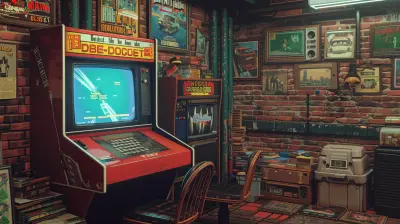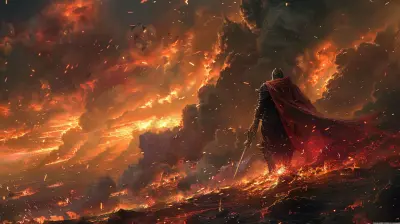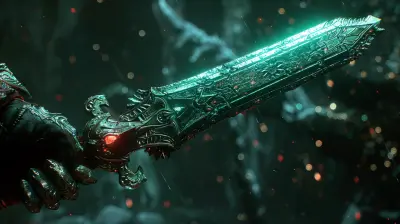The Hidden Mechanics Behind Fog of War in Strategy Games
24 June 2025
If you've ever been deep into a real-time strategy (RTS) game or plotting your next move in a turn-based epic, you've probably noticed that mysterious gray or black shroud covering parts of the map. Yeah, that’s what we call the “Fog of War.” At first glance, it might seem like just a clever visual effect to hinder your view. But hold on—there’s way more going on behind the scenes. Today, we’re going to peel back that fog (pun intended) and dive into the hidden mechanics powering this iconic feature in strategy games.
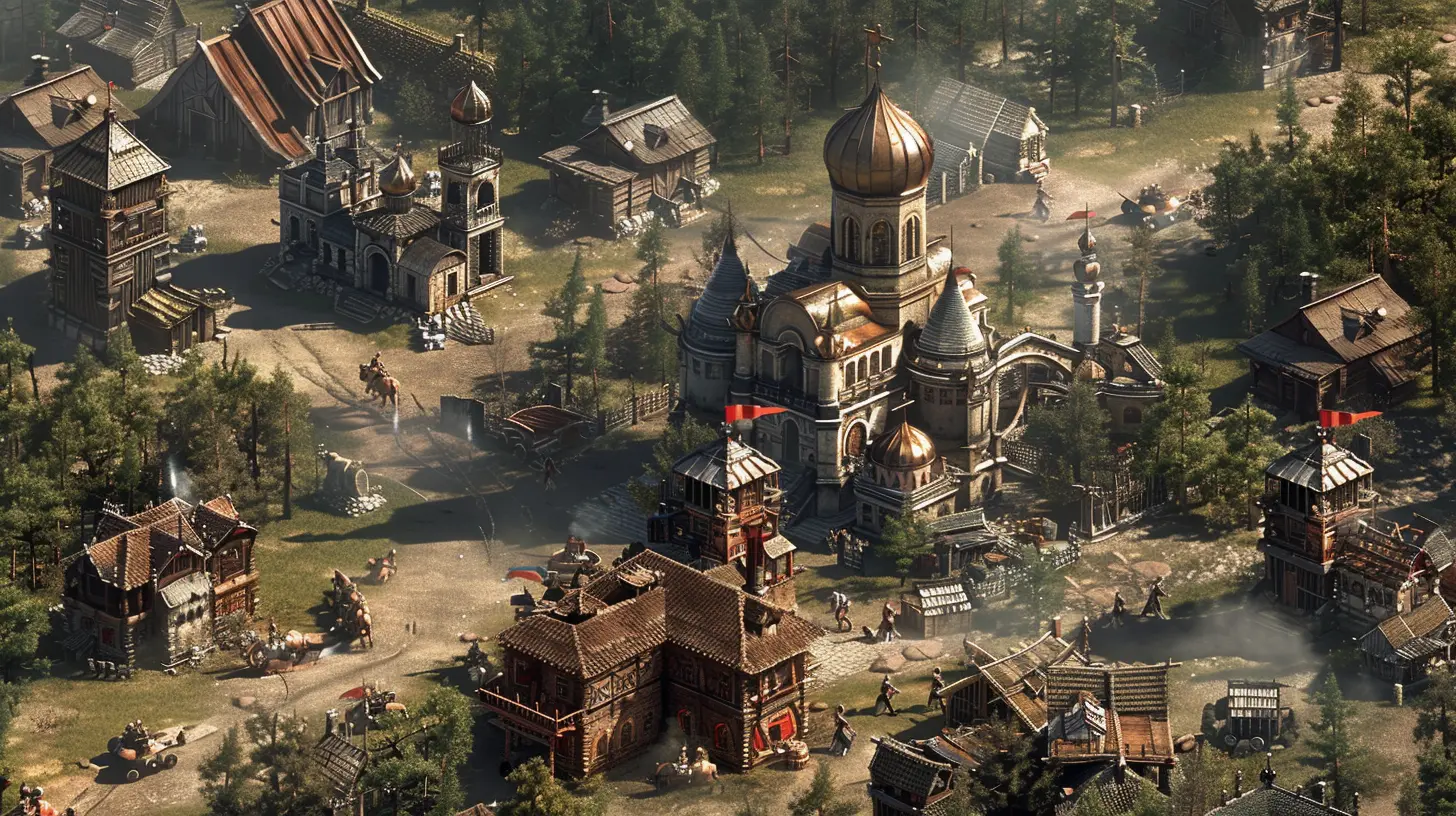
What Is Fog of War, Really?
Alright, let’s start simple. Fog of War is a gameplay mechanic used in strategy games to simulate limited information. You, as the player, can’t see parts of the map unless one of your units has line of sight or has previously explored it. This creates a more realistic and suspenseful experience, much like in real-life military operations where you don’t always know where your enemies are hidden.Think of it like using a flashlight in a dark room — you only see the space the beam hits.
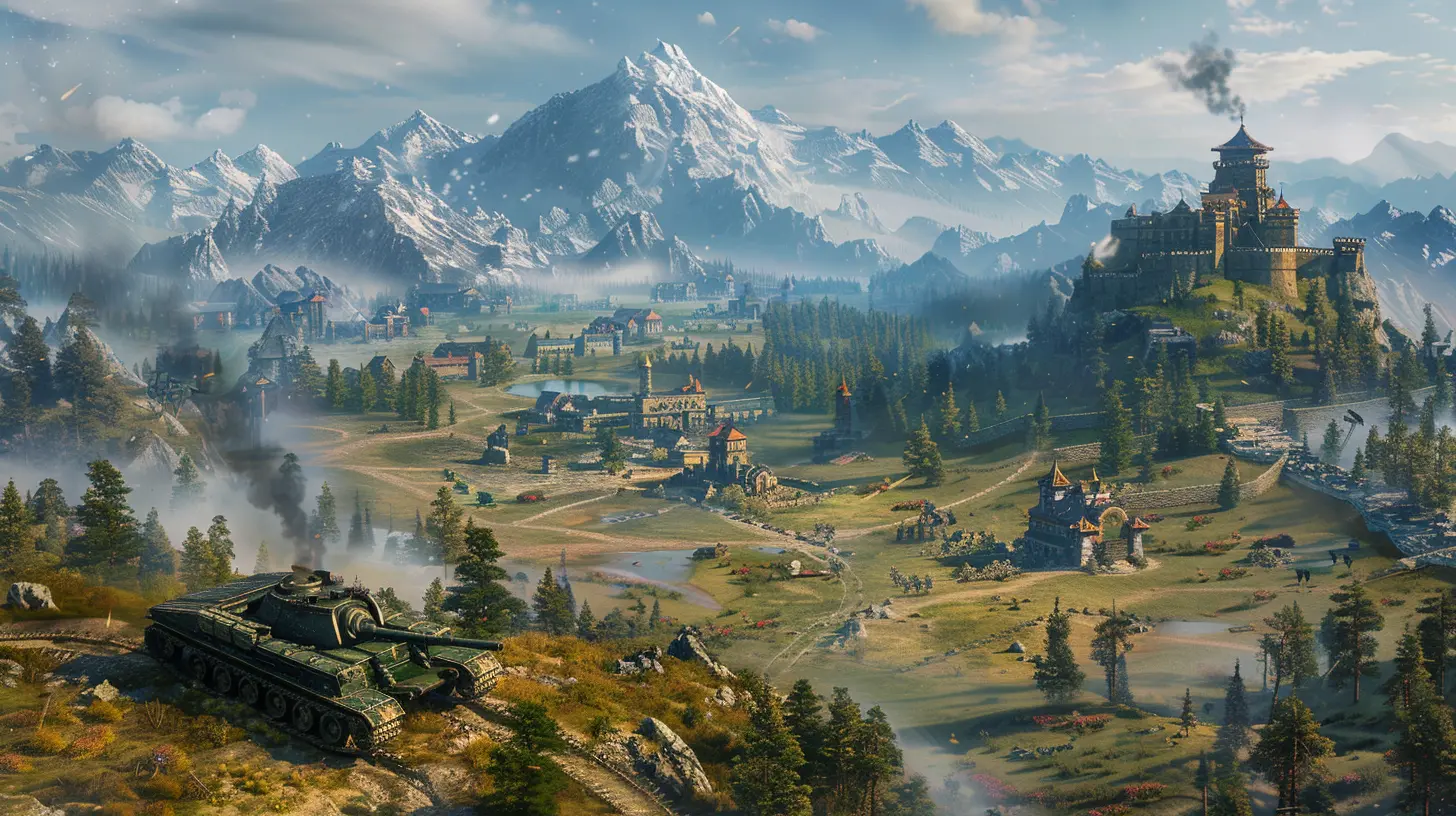
Why Developers Love Fog of War
Adding Fog of War isn’t just about making you sweat (though let’s be honest, it does a great job at that). It’s actually a genius tool for game developers. Here’s why:- Promotes Exploration: Players need to scout unknown areas.
- Supports Strategic Thinking: You can’t just brute force your way through; you’ve gotta think ahead.
- Enhances Replayability: Every game feels different when you don’t know what’s lurking in the shadows.
- Balances Gameplay: It prevents players from reacting instantly to everything the enemy does.
So yeah, that spooky darkness? Totally on purpose.
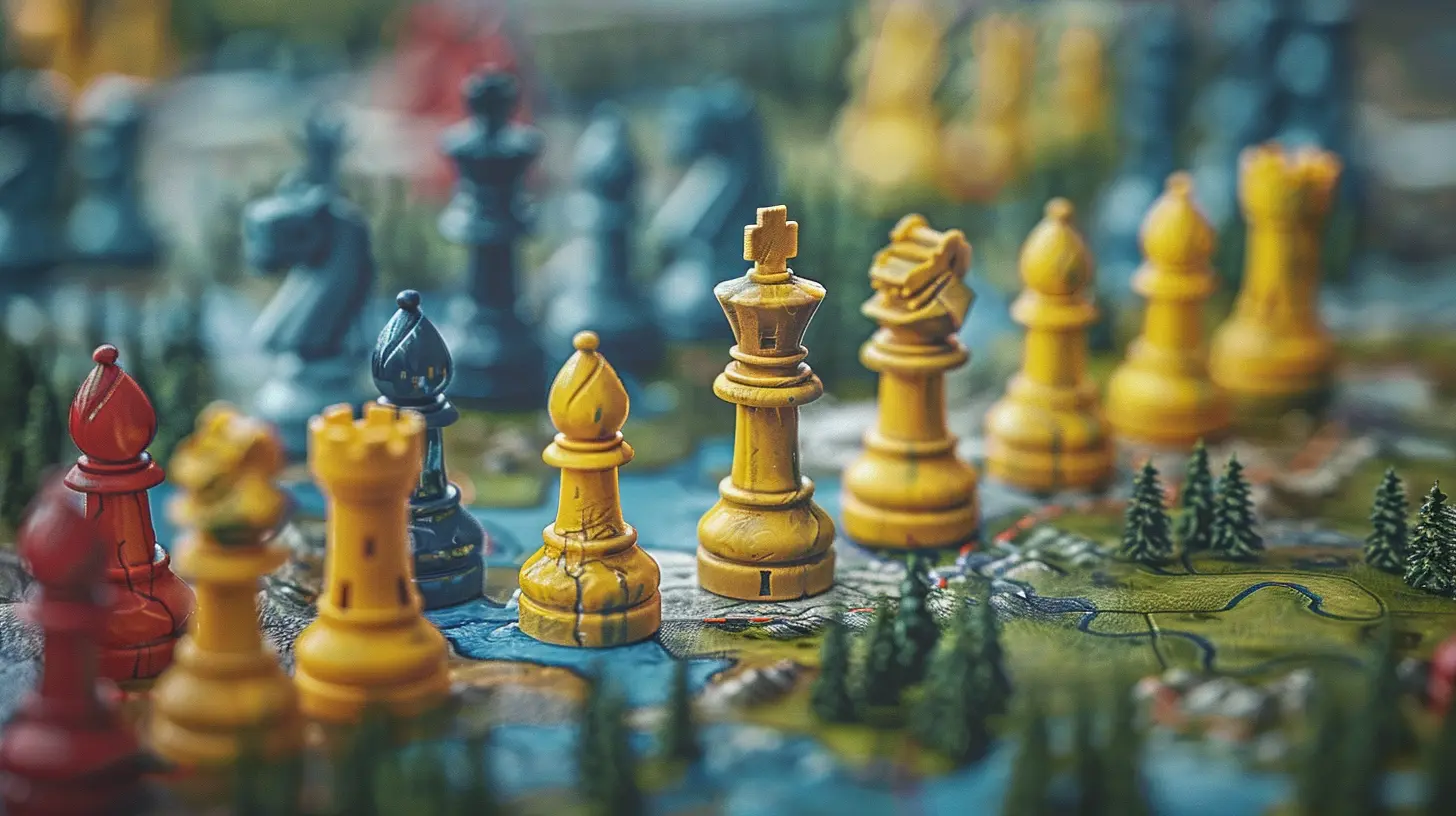
The Technical Guts Behind Fog of War
Let’s dig a little deeper, shall we? Fog of War isn’t just a graphical overlay. It’s a complex system that quietly crunches a ton of data every moment.1. Vision Algorithms
At the core of Fog of War are vision algorithms. These determine what each unit can see depending on factors like line of sight, elevation, and obstructions (like walls or forests). In many games, this is calculated every single frame or turn.There are several ways games handle this:
- Raycasting: Sends out invisible rays from a unit to check what it hits. Simple but can be heavy on performance.
- Grid-Based Visibility: Common in tile-based games. Here, the game marks individual tiles as visible, previously seen, or completely hidden.
- Precomputed Visibility Sets (PVS): Used in 3D games to create a table of what areas are visible from each point, improving performance.
2. Memory Mapping
Ever notice how some areas stay visible but grayed out after your units leave? That’s called “Memory Fog.” The game is actually storing what you saw last time and showing it back, even if it’s outdated. Sneaky, huh?This requires creating an internal memory map, storing “visited” states separately from current visibility. It’s like giving your commander a photographic memory — but only of the last known intel.
3. Line of Sight Obstruction
Another under-the-hood mechanic is how objects like buildings, trees, or hills block vision. This requires a bit of physics and geometry, which games simulate through collision checks or terrain data.So yeah, your scout didn’t “miss” the enemy camp — it was just behind a hill. Don’t blame him.
4. Dynamic Updates and Performance
In real-time games, these calculations happen constantly. That means the game engine has to be optimized to update visibility at blazing speeds without lagging out your CPU. Efficient pathfinding and low-latency updates are essential.Fun fact: Older games like Warcraft III pulled off real-time Fog of War using brilliant hacks and limited resources. Modern games have it easier thanks to improved hardware—but the complexity has skyrocketed too.
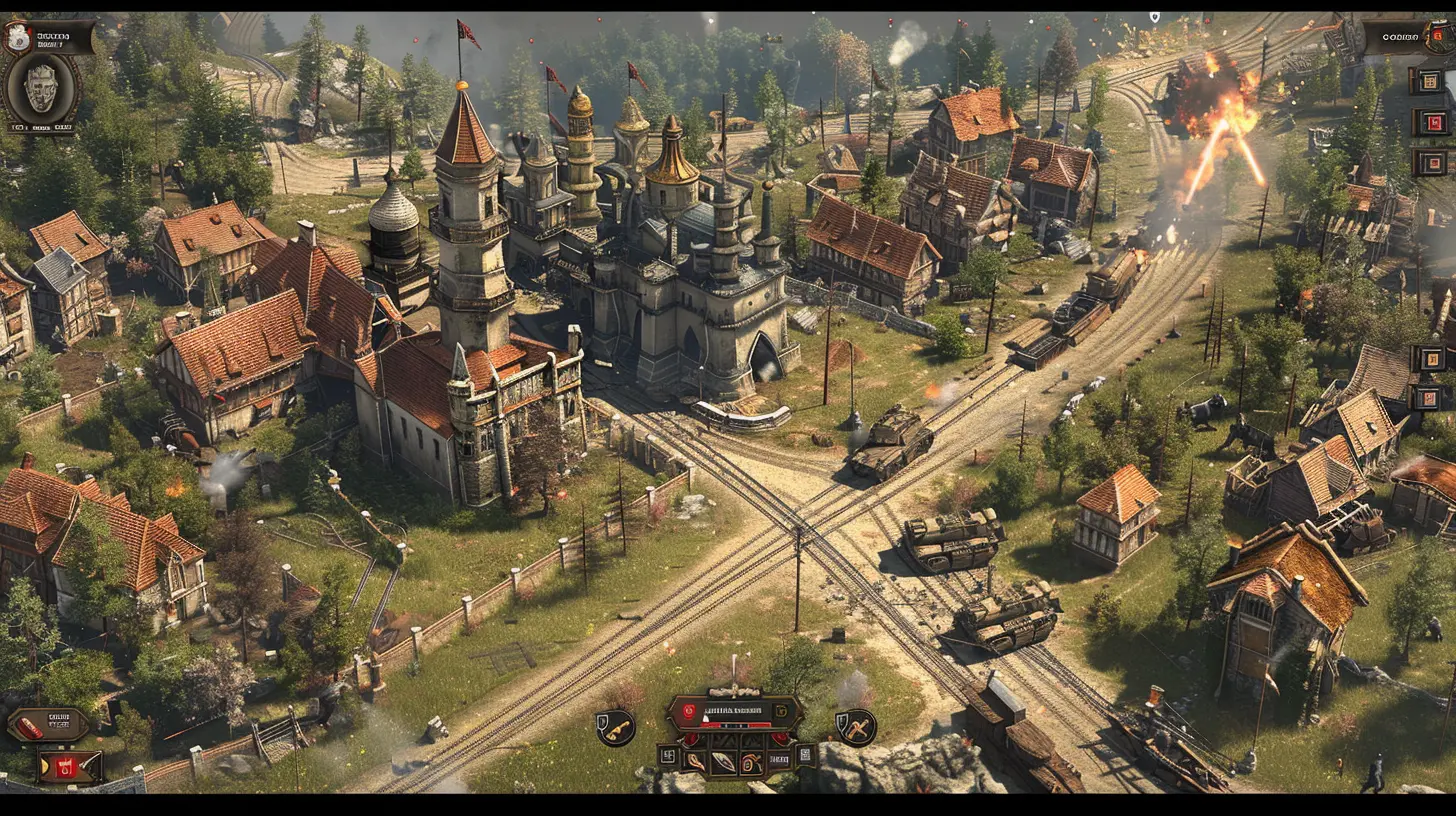
Types of Fog of War (Yep, There's More Than One)
Not all fogs are created equal. Game designers pick different types of Fog of War depending on the style of game they’re building. Let’s break down the key types:1. Black Fog
This one’s the most restrictive. Unexplored areas are completely black and inaccessible. You don’t know what’s there until you physically send a unit in.🕵️ Think of it as being completely in the dark—no past knowledge, no hints. It's all blank.
2. Grey or Misty Fog
You’ve explored the area before, so you kind of remember what’s there, but you can’t see real-time movements. That cloaked enemy might’ve snuck back while you weren’t watching.📷 It’s like a blurry snapshot from your last visit. Helpful, but not reliable.
3. Partial Fog
Some games give you a little more leeway, letting you see structures or terrain but not mobile units. A fair middle ground.🎯 Ideal for games focused more on economy or base building where keeping tabs on the land is important but micromanaging enemy troops isn’t the goal.
4. Total Information Fog
Used in hardcore realism games or mods. Here, you see only what your units can see RIGHT NOW. Zero memory. Brutally honest — and often brutal to play.The Psychology Behind Fog of War
Let’s get real for a second — Fog of War doesn’t just affect gameplay. It messes with your brain.Anxiety and Suspense
That unexplored corridor? It could be empty… or it could be filled with enemies. That creates tension, and tension = player engagement. Fog of War taps into our survival instincts. Uncertainty makes the game way more immersive.Risk Assessment
You’re always making decisions with incomplete information. Should you explore that corner of the map? What if it’s a trap? That’s risk vs. reward, and it’s a core principle in good game design.Information Denial
Not knowing something your opponent does can be a huge strategic disadvantage — and adds to the fun. It encourages scouting, counter-intelligence, and bluffing. That’s some 4D chess level gameplay.
Iconic Games That Nailed Fog of War
Let’s pay our respects to a few heavy-hitters that mastered Fog of War like pros:1. StarCraft Series
Blizzard absolutely nailed Fog of War. Units remember terrain but not enemies, forcing players to scout regularly and commit to memory. Fog of War played a huge role in high-level multiplayer strategy.2. Company of Heroes
This one added a twist: destructible environments and line-of-sight hiding behind cover. Brilliant use of geometry-based fog.3. Civilization Series
Turn-based Fog of War where exploration rewards you not just with vision but game-essential resources like cities, rivers, and mountains. It’s all about expansion — but you’ve gotta earn it.4. Age of Empires
The classic. Combined “black” unexplored fog with “gray” visited areas. Many RTS players cut their teeth learning about Fog of War here.Modern Innovations in Fog of War
We’re seeing some pretty wild upgrades to Fog of War these days—and it’s not just about shading out the map.Realistic Lighting
Some games now factor in time of day, weather effects, and night vision. So your torches or headlights might extend your vision range, but only in a cone. Super cinematic.Sound-Based Fog of War
Yep, sound. Some stealth games let you “hear” enemy movements even if you can’t see them. That adds another layer to how Fog of War can be used creatively.AI and Machine Learning
Some devs are experimenting with AI-driven vision — simulating how an enemy would react if they had incomplete information too. It’s like playing against a smarter, fog-aware opponent.Adaptive Fog
In PvP games, some Fog of War systems adjust in real-time depending on your unit’s type, height, or stealth mode. A drone might see farther than a foot soldier. That’s dynamic balance at work.
Why Fog of War Still Matters Today
You’d think with all our fancy graphics and open-world designs, Fog of War might be obsolete. Nope! It’s more relevant than ever. Here’s why:- It keeps games fair and skill-based.
- It makes every playthrough feel fresh.
- It raises the stakes, even in casual matches.
- It prevents info overload for players.
- And most importantly, it makes strategy games... strategic!
Without Fog of War, you’re just moving pieces on a fully visible board. With it? You’re commanding troops in the middle of the unknown. And that’s way more fun.
Final Thoughts
So next time you’re squinting at a shadowy corner of the map, wondering what's hiding in the darkness, remember — that Fog of War isn't just there to annoy you. It's one of the most important, sophisticated, and beautifully subtle mechanics in strategy games.It’s the game’s way of whispering, “Think before you act.” And honestly? That’s what makes strategy games so darn satisfying.
all images in this post were generated using AI tools
Category:
Game MechanicsAuthor:

Leandro Banks
Discussion
rate this article
2 comments
Nixie Becker
What a fascinating read! Exploring the hidden mechanics of Fog of War truly deepens our understanding of strategy games. Your insights shed light on how these elements enhance gameplay and create tension. Thank you for sharing such valuable information—I can’t wait to dive into my next game with this newfound knowledge!
August 25, 2025 at 4:22 AM

Leandro Banks
Thank you so much for your kind words! I'm glad you found the insights valuable and that they enhance your gaming experience. Enjoy your next game!
Levi Vaughn
This article beautifully delves into the intricate mechanics of Fog of War in strategy games. Your insights into how it shapes player decisions and enhances immersion are enlightening. It’s fascinating to see how this aspect can transform gameplay dynamics and elevate the overall strategic experience. Great work!
July 1, 2025 at 4:30 AM

Leandro Banks
Thank you for your thoughtful feedback! I’m glad you found the insights on Fog of War's impact on gameplay dynamics and immersion enlightening. Your support means a lot!
